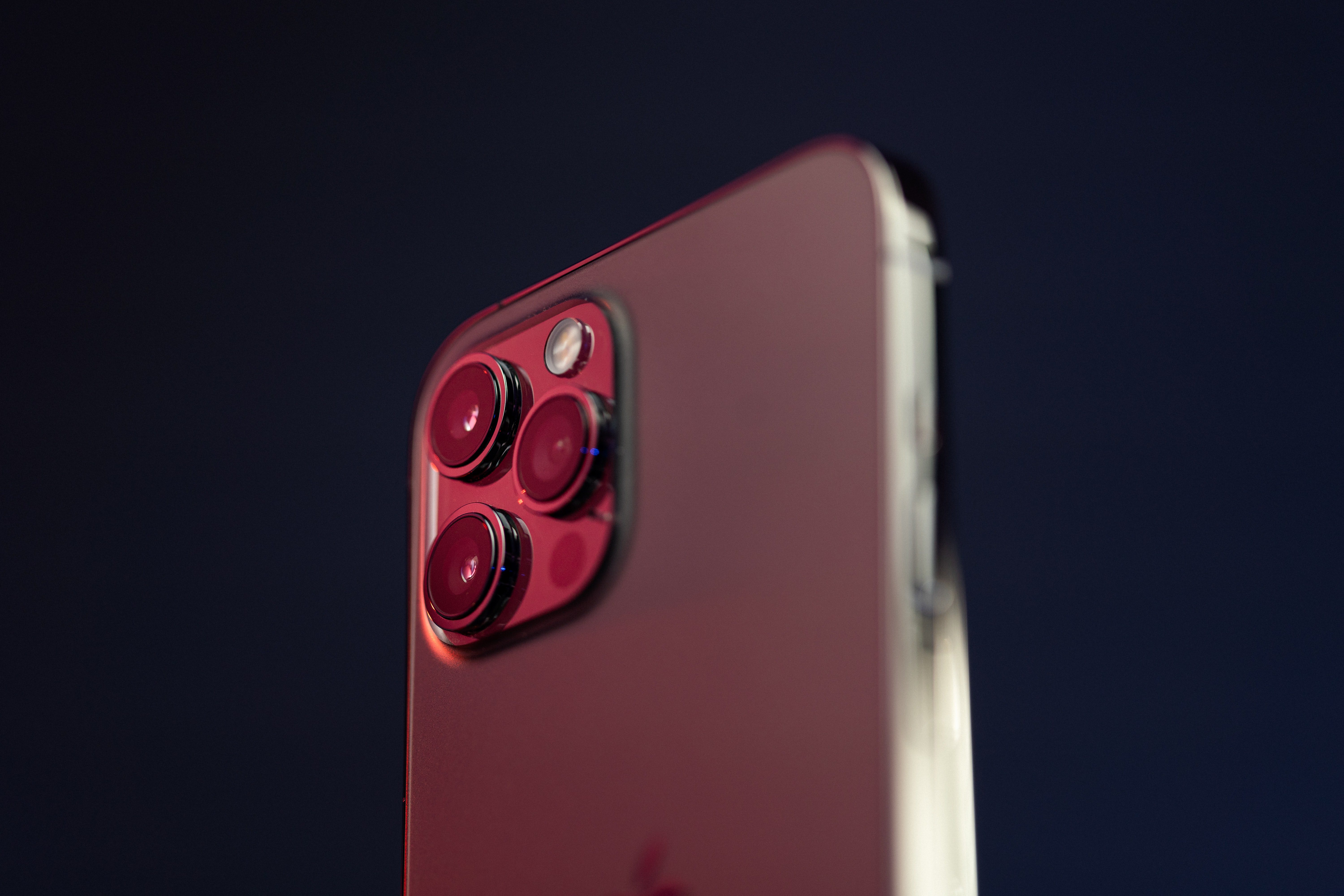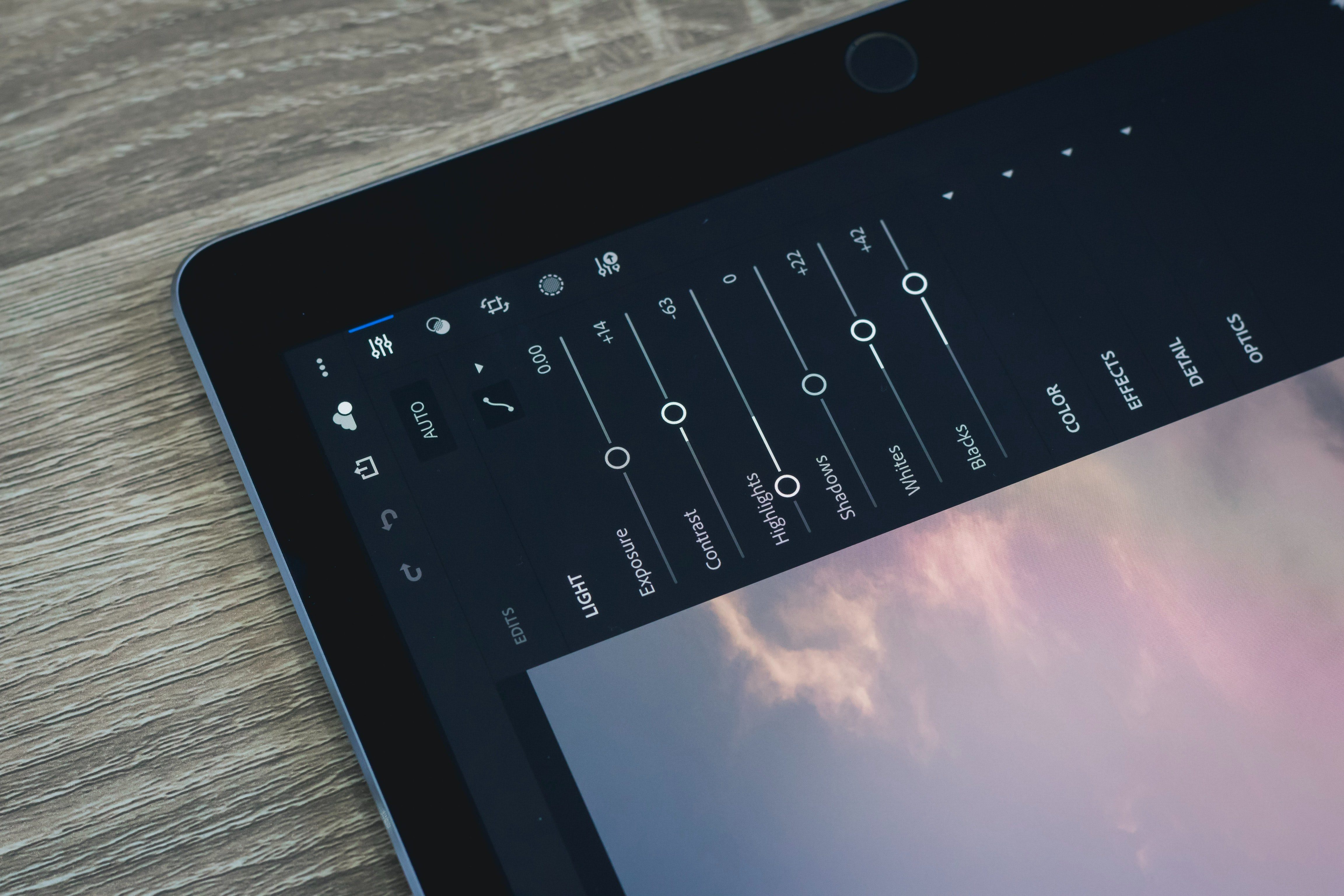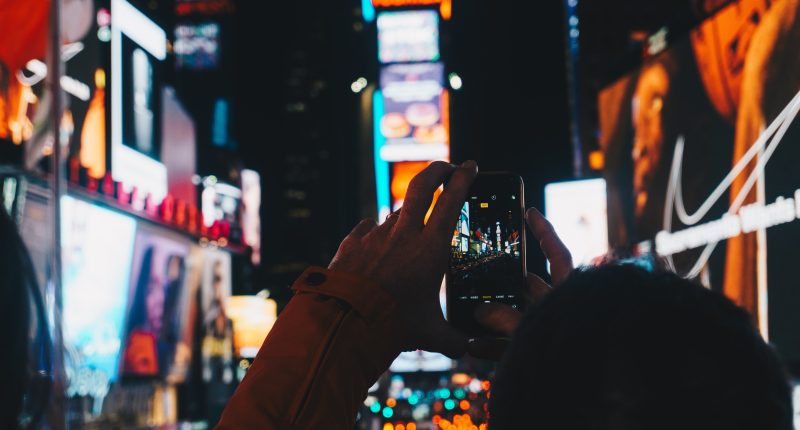Cameras are only getting better over time. Apple is not lagging behind, more than that, Apple continues to improve the cameras on all of its devices setting new standards of quality for mobile photography. So let’s head back to the past and see the whole iPhone camera evolution process with our own eyes.
Mobile photography evolution
The “i” in “iPhone” stood for inspiration. And this inspiration got truly boosted since then. This first version of the smartphone had a 2 MP main camera. But surely back then, in 2007, a new device changed our understanding of mobile photography. Time passed, and technology was developing with the speed of light. By the time the iPhone 4 appeared – the rear camera became 5 MP. And it is safe to say that the “4” brought many innovations and could even replace handheld cameras. Also, in 2010, the Apple iPhone 4 was the number one selling phone of that time. Later in 2010, Instagram appeared and showed us that everybody could be a photography artist and share their works freely, but this could be a topic for another article. Let’s go back to ?ameras…
iPhone 6
In 2014, the world was transitioning to smartphones with a larger display diagonal for a better experience with the media. Apple, following the trends, introduced two iPhone models at its presentation: 6 and 6 Plus. They had a former model camera module and used the same 8 MP camera sensor as the iPhone 5s. In addition to the size of the screen, the iPhone Plus version had optical stabilization that pushed mobile photography to a brand new level. The iPhone 6 did not have it, though, so iPhone 6 owners had to use iPhone gear while shooting a video.
iPhone 6s
Next year Apple launches the iPhone 6s and iPhone 6s Plus models. Staying visually the same, the models increased in camera quality. Now it has a 12 MP main camera and a 5 MP front camera onboard. Optical stabilization is still available only for a Plus model. Also, Apple adds Live photo technology, which allows users to make small videos while taking a picture, and capturing 4K.
iPhone SE
The next iPhone in order was the SE model. It came out in March 2016. This smartphone was released specifically for fans of the iPhone 5. The “stuffing” of this iPhone was taken from the 6s but in iPhone 5 design.
iPhone 7
Also in 2016, but already in September, Apple unveiled versions of the 7 and 7 Plus. In addition to the larger display, the 7 Plus has a second main camera that allows doing wide-angle pictures. Unlike the iPhone 6s, there was optical stabilization while shooting video in both models (the last generations only had it in the Plus models).
iPhone 8
iPhone 8 and 8 Plus were presented in 2017. Compared to the iPhone 7 cameras, not particularly different. But new devices introduced the “Portrait” mode. The dual camera takes photos where light and focus are focused on the foreground subject while the background is blurred. The camera now loses much less detail in noise in low light, which could well be called a breakthrough. Thus, in good light, there will not be a noticeable difference with the same iPhone 7, but when the light deteriorates, it could be seen immediately.
iPhone X
Apple has set itself the goal of creating a smartphone with a camera that is as good as, and in the future superior to, professional devices. The iPhone X camera allows even a person with no artistic skills to take high-quality photos at the right moment. Starting with the iPhone X, the company has equipped both cameras with optical image stabilization. The image and video are smoother during shooting. In addition, they add the “Long Shutter” option that helps to shoot clear video in the dark. At that moment Apple also added a few new cool features like “Screen record iPhone.”
iPhone XS
The iPhone XS has a completely new camera. It’s not just a different sensor, it’s a completely new approach to photography, new to iOS. Because it relies so heavily on exposure fusion and computational photography, its images can be very different from those taken under the same conditions on other iPhones.
iPhone XR
The iPhone XR was Apple’s most popular flagship in 2018. And it is the first single-camera iPhone capable of portraits. However, the depth-of-field effect here is achieved not through the second module but the work of the graphics processor.
iPhone 11
In 2019, the corporation is introducing flagships with an even larger processor – the 11, 11 Pro, and 11 Pro Max. They work faster and take much better pictures because they process the frames immediately while shooting. The iPhone 11 Pro and Pro Max got a third camera. The main wide-angle lens, The lens below it is used for optical zoom, and ultra-wide-angle lens and allows you to capture a large degree of view.

iPhone 12
2020 pleased the world with the release of the 12th model. In total, there are four flagships in the line: 12, 12 Mini, Pro, and Pro Max. All of the models are equipped with ultra-wide-angle and wide-angle lenses. The main camera offers a wider aperture (f/1.6) than the iPhone 11 (f/1.8) that makes it the best iPhone camera. Versions with the prefix Pro received an additional telephoto lens and LiDAR sensor. The iPhone 12 Pro is currently one of the most technically advanced cell phones for photography till iPhone 13 release date.
So which iPhone has the best camera?
As you can see, Apple is trying every year and improving its gadgets, setting new trends in the world of technology. If you choose a smartphone for the camera, and you do not photograph flowers in macro, you are not much embarrassed by and lack of double optical zoom or wide-angle, then take the iPhone XR with additional smartphone lenses. You can also take a closer look at the gorgeous iPhone SE 2020. It’s got the processor from iPhone 11 and the body from the iPhone 8, and the result is one of the best budget smartphones with a great iPhone camera lens that can take photos and 4K video.

Make your pictures look rich
There are many outdated models in Apple’s lineup with cameras that make amazing images and videos, and yet their prices have dropped significantly over the years. The latest advantages in camera quality are mainly based on the software of the phone itself. And even with an outdated iPhone model, you can take great pictures thanks to graphics programs like Snapseed, that’s proved itself as the best photo editing app. Even if you don’t have designer-eye feel free to use VSCO to add some graphical filters and the result won’t take long. As for the videos you’ve taken, you can check for video editing software right here.


